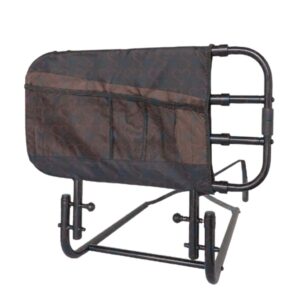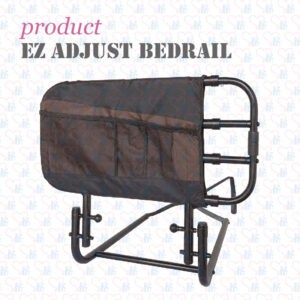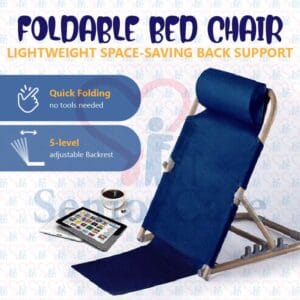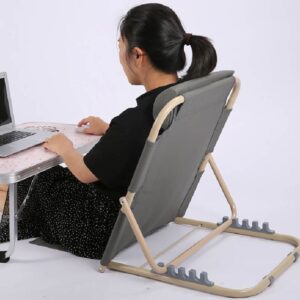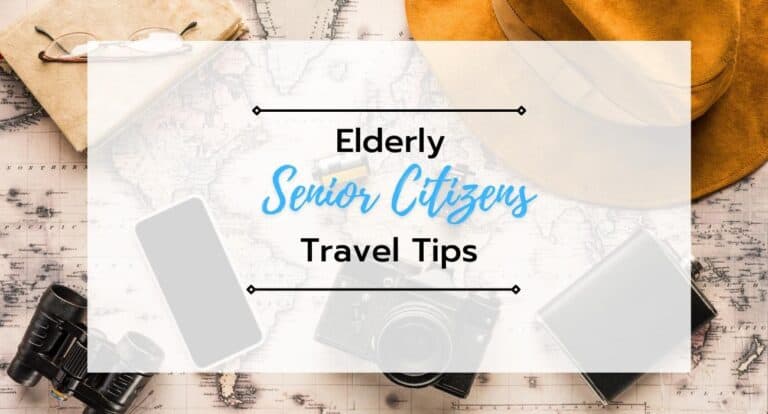Mobility Solutions for Caregivers: Easier for seniors to move around at home or outdoor
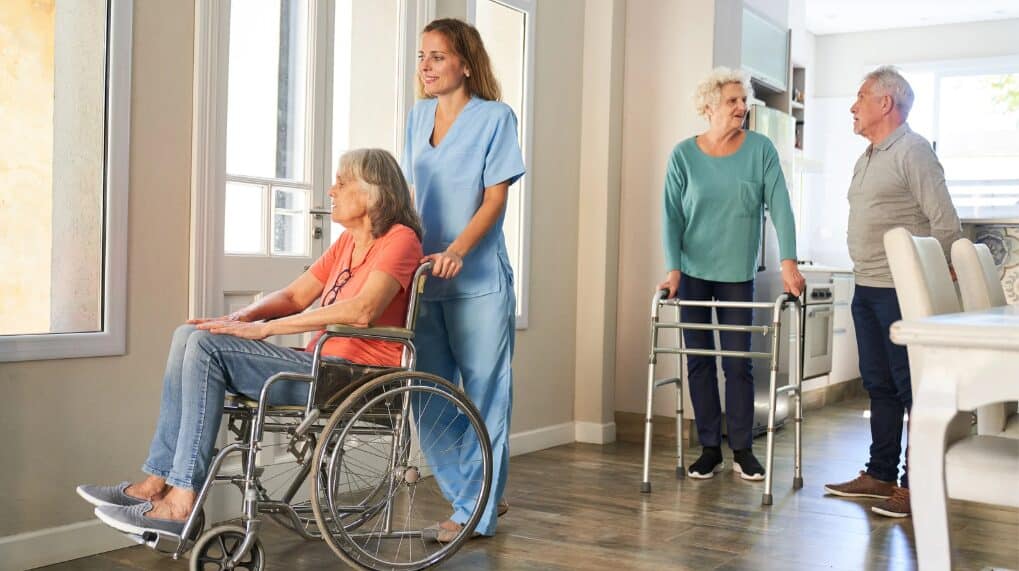
As a caregiver, you want your loved ones to lead happy and independent lives. One way to support them is by providing mobility solutions that can make a huge difference. You may be looking for the right for your loved one’s unique needs.
This blog will explore different types and how to match them with individual preferences. We will also guide you through selecting the right solution for your loved one. We will look at the benefits of enhanced mobility for elderly loved ones and outpatient care.
What Types of Mobility Solutions are Available in the Market?
Various mobility solutions are available, such as commercial vehicles like scooters, power wheelchairs, walking aids, stairlifts, and a rollator. These solutions enhance independence and improve mobility and land transport for individuals with physical limitations or disabilities.
Exploring a Range of Mobility Aids in Singapore
Finding the right mobility solution for individuals requires assessing their needs, considering their level of mobility, consulting with healthcare professionals, and their lifestyle and activities.
From scooters that offer independent mobility to crutches that assist with balance and reduce weight-bearing, explore the range of options available.
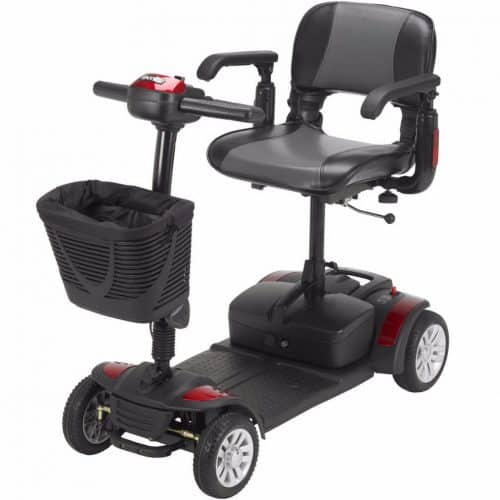
Wheelchairs provide freedom for those unable to walk while walking frames and canes offer stability and support. Enhance mobility with this additional variety of tools:
Rest Chair
A specially designed rest chair prioritizing comfort and support for seniors or those with limited mobility. It offers adjustable features and may include massage functions for relaxation during extended sitting.
Chairs like backrest bed chairs are highly recommended if your loved ones want to remain sitting as they support their back effortlessly.
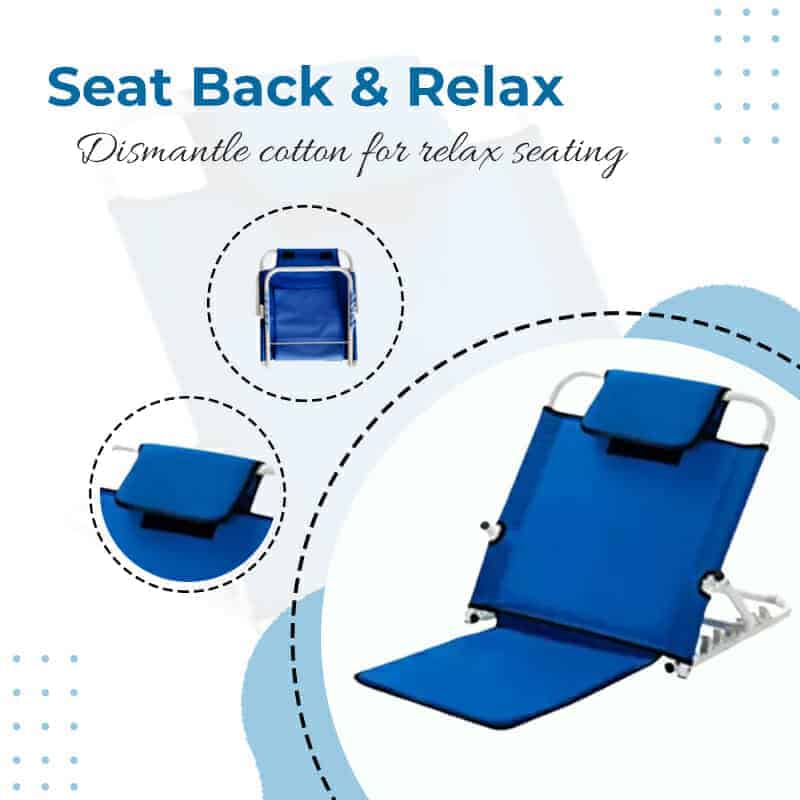
Low Bed
A bed frame lower to the ground reduces the risk of falls for our elderly or individuals with mobility challenges. It facilitates easier for them to transition from sitting to standing and often comes with a sturdy frame and supportive mattress.
It also blends in with mobility bedside rails that add support when they want to walk out of bed or sit in their wheelchair.
Transfer Belt
A waistband-like device with handles for secure assistance during transfers between positions. It aids in moving individuals safely, particularly from bed to chair and vice versa.
Transfer Board between bed and wheelchairs/ chairs
A flat, sturdy board made of wood or plastic gaps between surfaces for smoother public transport. It reduces friction during the process, offering controlled movement between, for example, a bed and a wheelchair.
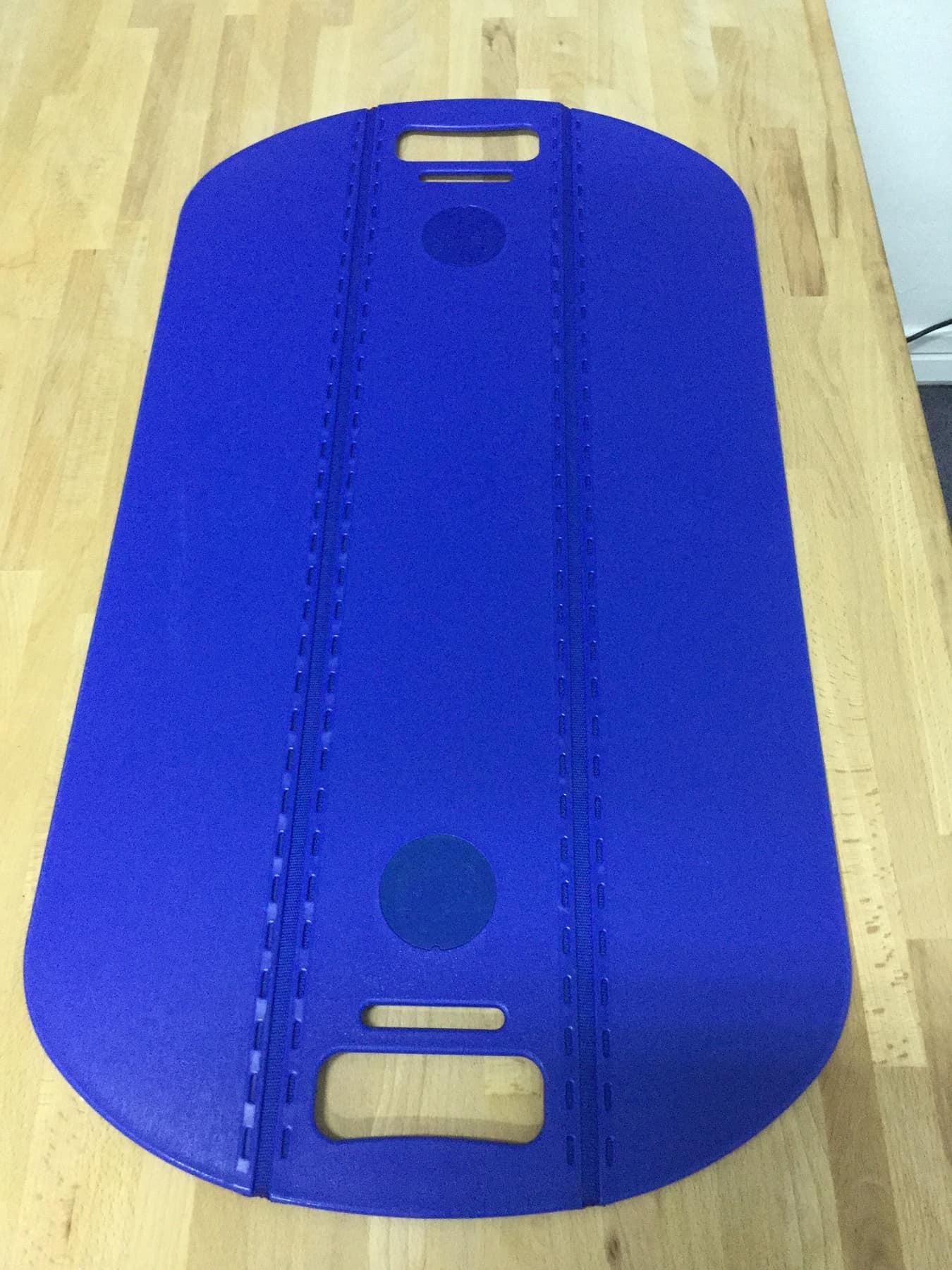
Rollator Frame
Also known as a rollator walker, it’s a mobility aid with wheels, handgrips, and often a seat and storage pouch. Providing stable support, it’s ideal for commuters with difficulty walking, offering indoor and outdoor mobility assistance.
Gait Belt
A sturdy, adjustable belt designed to assist us in safely supporting our loved ones with limited mobility while they’re walking or transferring.
It’s typically worn around the waist of the person, and we can securely hold onto it, providing stability and preventing falls while allowing them to move on their own. As a cushion, this belt offers comfort and support during mobility tasks.
How to Choose the Right Solution?
Assessing Individual Needs and Preferences
Factors such as their ability to walk, balance, and perform daily activities independently should be considered. Also, any existing medical conditions or physical limitations that affect mobility must be evaluated.
Personal preferences, such as whether they prefer a manual or automation, should not be overlooked. Involving them ensures that their needs and preferences are given priority.
Considerations for a well-rounded toolkit
A diverse range of mobility aids is essential to cater to various situations. It’s important to consider both indoor and outdoor tools for maximum versatility.
Additionally, it’s important to anticipate potential changes in mobility needs and select tools that can adapt accordingly. Lastly, don’t forget to prioritize maintenance and servicing to ensure good working conditions.
Benefits for Elderly and Outpatient Care in more mobility at home
- Maintaining independence and quality of life: By providing the means for independent movement, they will experience an overall improvement in their well-being. Performing daily tasks and activities without assistance boosts their self-esteem and sense of accomplishment. Moreover, it enables them to stay active and engaged in their hobbies and interests, promoting a sense of purpose and fulfillment. As individuals maintain their independence, they also reduce their reliance on caregivers, fostering a tremendous feeling of autonomy. The freedom to move independently enhances physical well-being and promotes emotional well-being, leading to a higher quality of life for our elderly loved ones.
- Enabling participation in regular activities: Whether attending family functions, parties, or community events, suitable tools make it easier for them to be present and engaged. With these aids, they can also go shopping, run errands, and visit friends and loved ones, keeping their social connections strong and preventing feelings of isolation and loneliness. Enabling participation in regular activities ensures that they can continue doing what they enjoy and find joy in their daily lives. So, with the right tools, mobility solutions indeed empower individuals to maintain an active and fulfilling lifestyle.
- Promoting physical and emotional well-being: By reducing physical strain and improving posture, these tools alleviate muscle fatigue and contribute to better overall physical health. The ability to move freely enhances physical well-being and mental health. Increased independence and mobility can boost self-confidence, mood, and well-being.
Additional Support Resources
A. SG Enable ATF (Assistive Technology Fund)
The SG Enable ATF in Singapore is a financial aid for assistive medical devices, including oxygen concentrators, wheelchairs, rollators, and other crucial tools. This ensures that individuals with disabilities can lead more independent and fulfilling lives.
B. Senior Mobility Fund (SMF) and AIC Wheelchair Subsidy
The Senior Mobility Fund (SMF) and AIC Wheelchair Subsidy are vital programs in Singapore, offering subsidies and grants for mobility aids such as wheelchairs and rollators. This support is complemented by initiatives like ATF SG Enable, ensuring accessibility for all.
C. Free Wheelchairs for Seniors in Singapore
This program ensures that Singaporean seniors receive free wheelchairs, rollators, and other essential mobility aids through initiatives like ATF SG Enable. It is designed to remove financial barriers so elderly individuals can enjoy the mobility support they need.
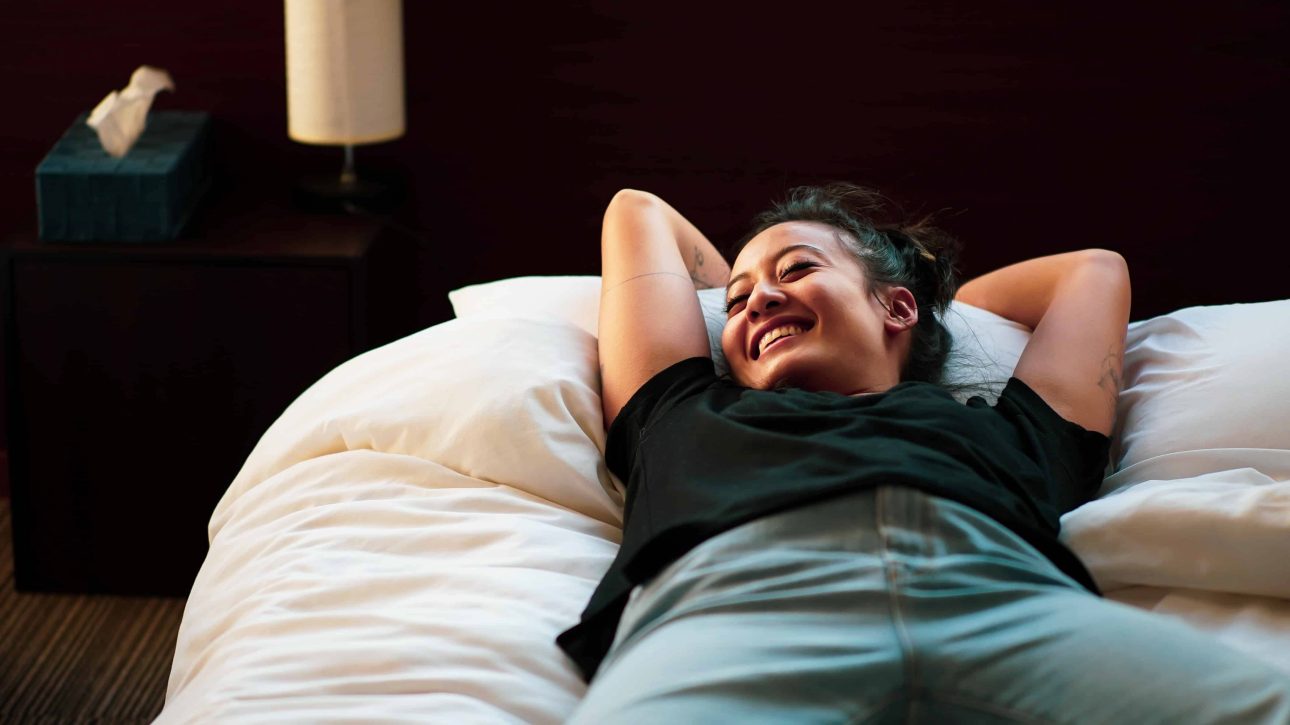
Mobility Aids helps elderly and caregivers
Caregiving can be made easier and more effective with the right tools for enhanced mobility. A variety in the market that caters to specific needs, allowing your loved ones to maintain their independence and quality of life. Individual needs and preferences are crucial before choosing the right solutions.
We’re enabling our loved ones to participate in regular activities, promoting their physical and emotional well-being by providing suitable tools for their needs.
Remember, caregiving is a journey, and with the right resources and support, you can help the lives of those you care for.



